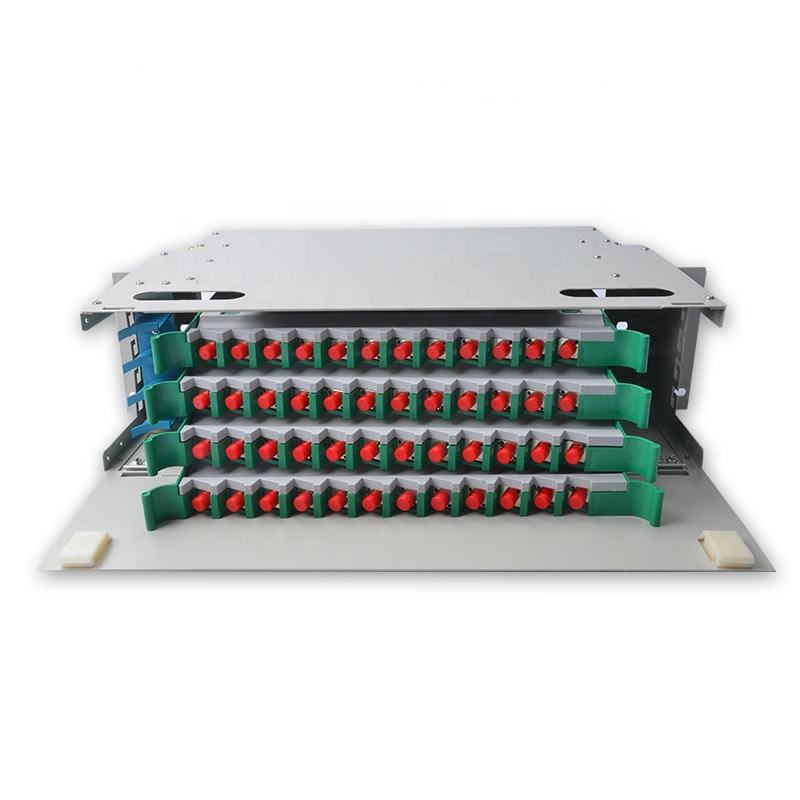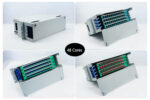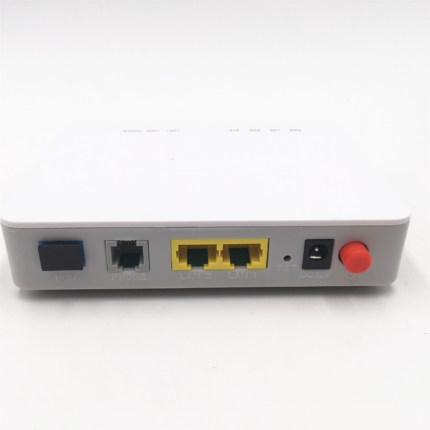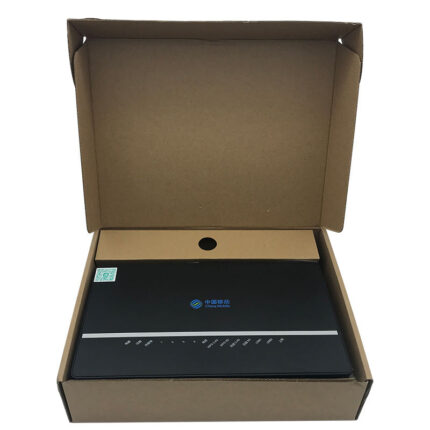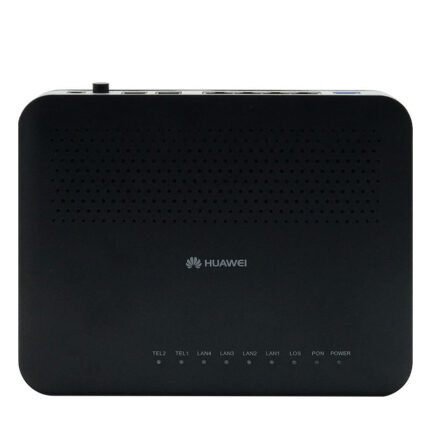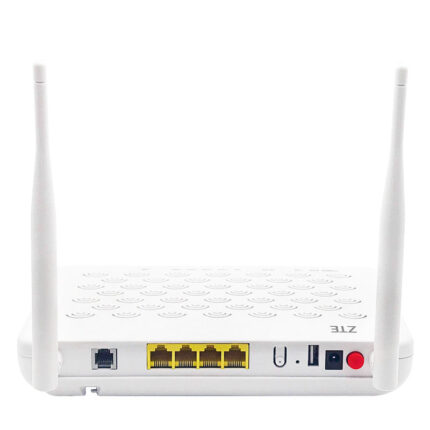144 FC ODF Overview:
144 FC ODF is used as terminal equipment of fiber optic cable for optical fiber wiring, fixation, fusion and patching. Fiber Distribution Panel is a modularized design with sliding trays inside and cold-rolled steel box, coated anti-corrosive paint. It could be pre-installed with various kinds of fiber optic adapters and pigtails, provide cross-connect and interconnect between incoming fiber optic cables and fiber optic equipment.
It is with standard 19-inch size and properly designed to control the bend radius of the cable inside the enclosure to avoid extra optical loss, this frame is ideal for indoor fiber optic cables connection storage, distribution, and management. Fiber Optic Patch Panels also called fiber optic distribution box, can be categorized into Pre-Loaded Fiber Optic Patch Panels and Unloaded patch panels, most of them are designed for rack mounted use on fiber optic cabinet.
We have a lot of options to fulfill your requirements, such as different adapter types, wall mounted & rack mount, 12 port, 24 port, 48 port,72 port, 96 port and even 144 port. DYS’ fiber patch panel accept whole range of adapters ,including SC, ST, FC, LC adapters. Individual front adapters easy to assemble and exchange, the metal frame is made by cold rolled steel and in stander 1U finished height.
144 FC ODF Features:
– Humanization: Products are of humanized management and operation, and detail-orientation.
– Specialization: Technical professionals and production/testing equipment ensure excellent product performance.
– Standardization: We strictly follow industry standard and actively participate in the modification of industry specifications.
– Innovation: For 12 fibers Splice and Distribution Integrated Trays and outdoor cross-connect cabinet, we improve our products according to customers needs.
– Modular design: 12/24 fibers Splice and Distribution Integrated Trays are adopted for easy installation and maintenance. All components are in the form of modules to achieve flexible configuration. Components of different models are interchangeable, which shortens delivery time, reduces costs, and simplifies installation and maintenance.

Specifications:
| Basic Info. | Details |
|---|---|
| Model NO. | ODF |
| Wiring Devices | Single mode or Multimode |
| Model Number | Dys-01 |
| Application1 | Telecom Network |
| Application2 | Local Access Network |
| Application3 | CATV |
| Application4 | LAN |
| Transport Package | Individual Box or According to Customer′s Request |
| Specification | RoHS, ISO9001 |
| Trademark | DYS or OEM |
| Origin | Guangdong, China (Mainland) |
| HS Code | 8517622990 |
| Production Capacity | 50000/Month |




